What are the Basics of Wind Energy?
Wind is simple air in motion. It is caused by the uneven heating of the earth’s surface by the sun. Since the earth’s surface is made of very different types of land and water, it absorbs the sun’s heat at different rates.
During the day, the air above the land heats up more quickly than the air over water. The warm air over the land expands and rises, and the heavier, cooler air rushes in to take its place, creating winds. At night, the winds are reversed because the air cools more rapidly over land than over water.
In the same way, the large atmospheric winds that circle the earth are created because the and near the earth's equator is heated more by the sun than the land near the North and South Poles. Today, wind energy is mainly used to generate electricity. Wind is called a renewable energy source because the wind will blow as long as the sun shines.
How Wind Machines Work
Like old fashioned windmills, today’s wind machines use blades to collect the wind’s kinetic energy. Windmills work because they slow down the speed of the wind. The wind flows over the airfoil shaped blades causing lift, like the effect on airplane wings, causing them to turn. The blades are connected to a drive shaft that turns an electric generator to produce electricity.
With the new wind machines, there is still the problem of what to do when the wind isn’t blowing. At those times, other types of power plants must be used to make electricity.
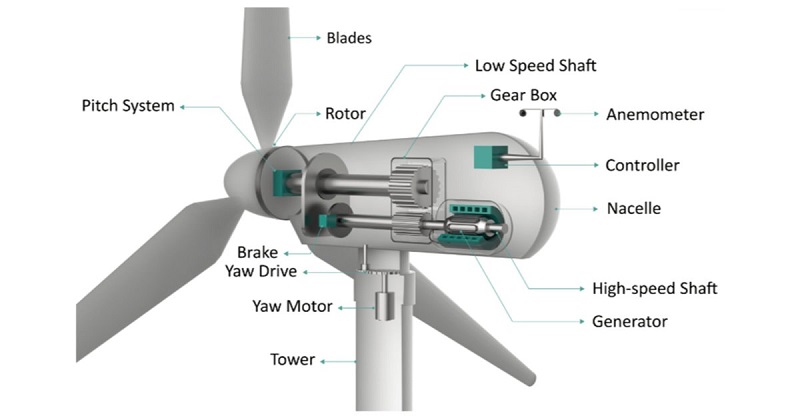
Wind Power Plants
Wind power plants, or wind farms as they are sometimes called, are clusters of wind machines used to produce electricity. A wind farm usually has dozens of wind machines scattered over a large area. The world's largest wind farm, the Horse Hollow Wind Energy Center in Texas, has 421 wind turbines that generate enough electricity to power 220,000 homes per year.
Unlike power plants, many wind plants are not owned by public utility companies. Instead they are owned and operated by business people who sell the electricity produced on the wind farm to electric utilities. These private companies are known as Independent Power Producers.
Operating a wind power plant is not as simple as just building a windmill in a windy place. Wind plant owners must carefully plan where to locate their machines. One important thing to consider is how fast and how much the wind blows.
Wind Production
In 2006, wind machines in the United States generated a total of 26.6 billion kWh per year of electricity, enough to serve more than 2.4 million households. This is enough electricity to power a city larger than Los Angeles, but it is only a small fraction of the nation's total electricity production, about 0.4 percent. The amount of electricity generated from wind has been growing fast in recent years. In 2006, electricity generated from wind was 2 1/2 times more than wind generation in 2002.
New technologies have decreased the cost of producing electricity from wind, and growth in wind power has been encouraged by tax breaks for renewable energy and green pricing programs. Many utilities around the country offer green pricing options that allow customers the choice to pay more for electricity that comes from renewable sources.
Wind machines generate electricity in 28 different states in 2006. The states with the most wind production are Texas, California, Iowa, Minnesota, and Oklahoma.
Most of the wind power plants in the world are located in Europe and in the United States where government programs have helped support wind power development. The United States ranks second in the world in wind power capacity, behind Germany and ahead of Spain and India. Denmark ranks number six in the world in wind power capacity but generates 20 percent of its electricity from wind.
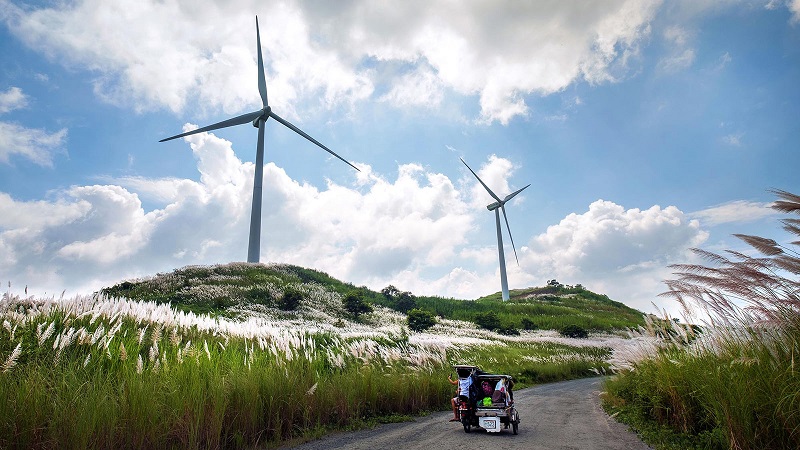
Wind And The Environment
In the 1970s, oil shortages pushed the development of alternative energy sources. In the 1990s, the push came from a renewed concern for the environment in response to scientific studies indicating potential changes to the global climate if the use of fossil fuels continues to increase. Wind energy is an economical power resource in many areas of the country. Wind is a clean fuel; wind farms produce no air or water pollution because no fuel is burned. Growing concern about emissions from fossil fuel generation, increased government support, and higher costs for fossil fuels (especially natural gas and coal) have helped wind power capacity in the United States grow substantially over the last 10 years.
The most serious environmental drawbacks to wind machines may be their negative effect on wild bird populations and the visual impact on the landscape. To some, the glistening blades of windmills on the horizon are an eyesore; to others, they’re a beautiful alternative to conventional power plants.
During the day, the air above the land heats up more quickly than the air over water. The warm air over the land expands and rises, and the heavier, cooler air rushes in to take its place, creating winds. At night, the winds are reversed because the air cools more rapidly over land than over water.
In the same way, the large atmospheric winds that circle the earth are created because the and near the earth's equator is heated more by the sun than the land near the North and South Poles. Today, wind energy is mainly used to generate electricity. Wind is called a renewable energy source because the wind will blow as long as the sun shines.
How Wind Machines Work
Like old fashioned windmills, today’s wind machines use blades to collect the wind’s kinetic energy. Windmills work because they slow down the speed of the wind. The wind flows over the airfoil shaped blades causing lift, like the effect on airplane wings, causing them to turn. The blades are connected to a drive shaft that turns an electric generator to produce electricity.
With the new wind machines, there is still the problem of what to do when the wind isn’t blowing. At those times, other types of power plants must be used to make electricity.

Wind Power Plants
Wind power plants, or wind farms as they are sometimes called, are clusters of wind machines used to produce electricity. A wind farm usually has dozens of wind machines scattered over a large area. The world's largest wind farm, the Horse Hollow Wind Energy Center in Texas, has 421 wind turbines that generate enough electricity to power 220,000 homes per year.
Unlike power plants, many wind plants are not owned by public utility companies. Instead they are owned and operated by business people who sell the electricity produced on the wind farm to electric utilities. These private companies are known as Independent Power Producers.
Operating a wind power plant is not as simple as just building a windmill in a windy place. Wind plant owners must carefully plan where to locate their machines. One important thing to consider is how fast and how much the wind blows.
Wind Production
In 2006, wind machines in the United States generated a total of 26.6 billion kWh per year of electricity, enough to serve more than 2.4 million households. This is enough electricity to power a city larger than Los Angeles, but it is only a small fraction of the nation's total electricity production, about 0.4 percent. The amount of electricity generated from wind has been growing fast in recent years. In 2006, electricity generated from wind was 2 1/2 times more than wind generation in 2002.
New technologies have decreased the cost of producing electricity from wind, and growth in wind power has been encouraged by tax breaks for renewable energy and green pricing programs. Many utilities around the country offer green pricing options that allow customers the choice to pay more for electricity that comes from renewable sources.
Wind machines generate electricity in 28 different states in 2006. The states with the most wind production are Texas, California, Iowa, Minnesota, and Oklahoma.
Most of the wind power plants in the world are located in Europe and in the United States where government programs have helped support wind power development. The United States ranks second in the world in wind power capacity, behind Germany and ahead of Spain and India. Denmark ranks number six in the world in wind power capacity but generates 20 percent of its electricity from wind.

Wind And The Environment
In the 1970s, oil shortages pushed the development of alternative energy sources. In the 1990s, the push came from a renewed concern for the environment in response to scientific studies indicating potential changes to the global climate if the use of fossil fuels continues to increase. Wind energy is an economical power resource in many areas of the country. Wind is a clean fuel; wind farms produce no air or water pollution because no fuel is burned. Growing concern about emissions from fossil fuel generation, increased government support, and higher costs for fossil fuels (especially natural gas and coal) have helped wind power capacity in the United States grow substantially over the last 10 years.
The most serious environmental drawbacks to wind machines may be their negative effect on wild bird populations and the visual impact on the landscape. To some, the glistening blades of windmills on the horizon are an eyesore; to others, they’re a beautiful alternative to conventional power plants.
Post a Comment:
You may also like:

Featured Articles
What is a Capacity Factor?
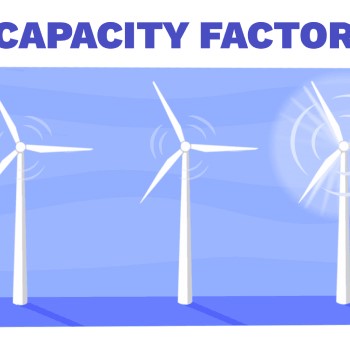 Wind turbines convert the kinetic energy in moving air into rotational energy, which in turn is converted to ...
Wind turbines convert the kinetic energy in moving air into rotational energy, which in turn is converted to ...
 Wind turbines convert the kinetic energy in moving air into rotational energy, which in turn is converted to ...
Wind turbines convert the kinetic energy in moving air into rotational energy, which in turn is converted to ...Basics of Wind Farms
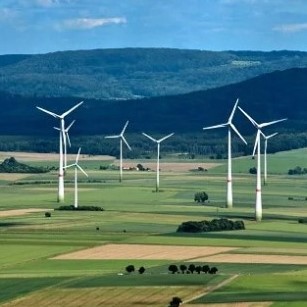 Throughout history, wind has been used to move grain mills or push the vessels that sailed the seas. However, it was not ...
Throughout history, wind has been used to move grain mills or push the vessels that sailed the seas. However, it was not ...
 Throughout history, wind has been used to move grain mills or push the vessels that sailed the seas. However, it was not ...
Throughout history, wind has been used to move grain mills or push the vessels that sailed the seas. However, it was not ...Basics of Wind Energy Production
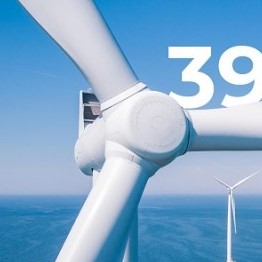 In the United States, most wind energy is commercially generated for delivery and sale on the grid. Wind projects vary in ...
In the United States, most wind energy is commercially generated for delivery and sale on the grid. Wind projects vary in ...
 In the United States, most wind energy is commercially generated for delivery and sale on the grid. Wind projects vary in ...
In the United States, most wind energy is commercially generated for delivery and sale on the grid. Wind projects vary in ...What is Wind Energy?
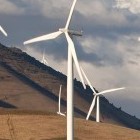 Wind is moving air. We can use the energy in wind to do work. Early Egyptians used the wind to sail ships on the Nile River. ...
Wind is moving air. We can use the energy in wind to do work. Early Egyptians used the wind to sail ships on the Nile River. ...
 Wind is moving air. We can use the energy in wind to do work. Early Egyptians used the wind to sail ships on the Nile River. ...
Wind is moving air. We can use the energy in wind to do work. Early Egyptians used the wind to sail ships on the Nile River. ...Wind Farm Siting, Installation and ...
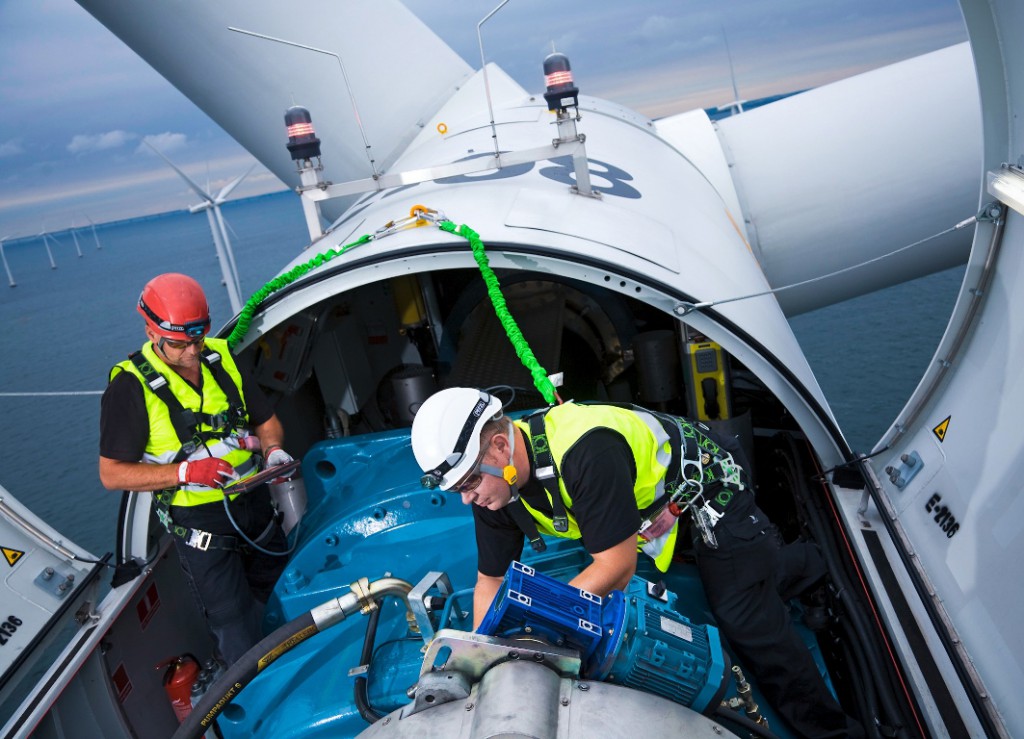 Before wind turbines can be installed, the most appropriate location or locations for them needs to be determined. The ...
Before wind turbines can be installed, the most appropriate location or locations for them needs to be determined. The ...
 Before wind turbines can be installed, the most appropriate location or locations for them needs to be determined. The ...
Before wind turbines can be installed, the most appropriate location or locations for them needs to be determined. The ...